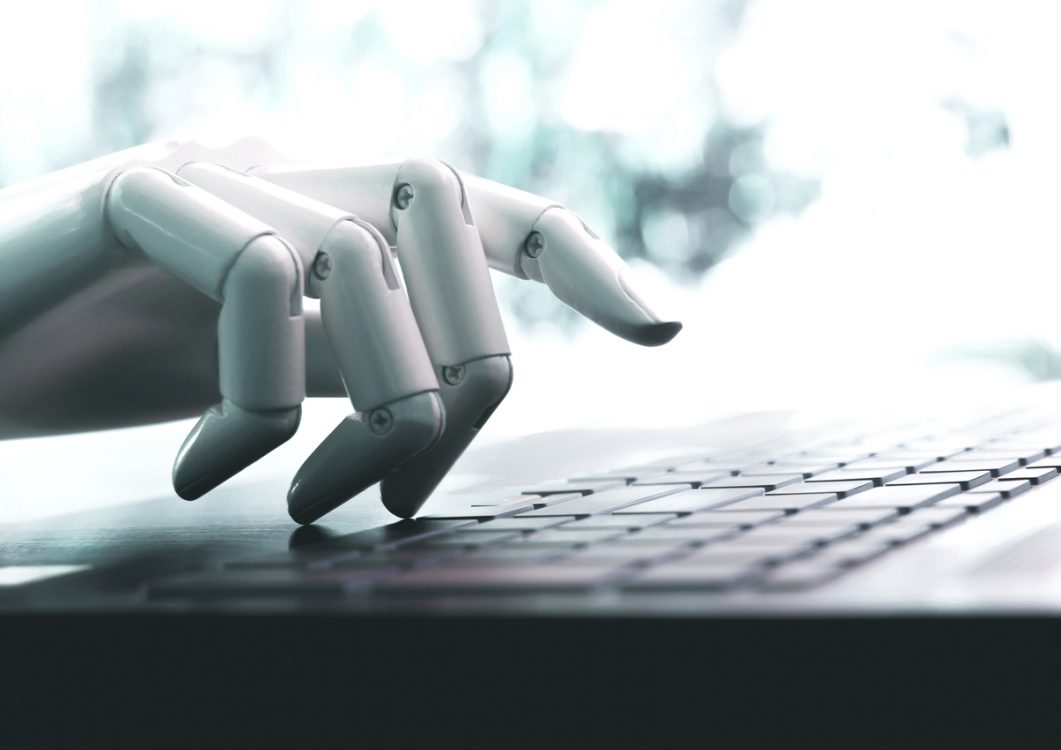
Read time: 3 mins
Written by Josh Westerman
Let’s face it, the future is here thanks to the development of Artificial Intelligence (AI). Industries of all types, including digital marketing, must face the reality that robots could one day replace the need for a human workforce – and in some sectors, that reality is already here!
There’s no need to panic just yet about this robotic invasion. Skynet hasn’t become self-aware, taken over the planet and there isn’t a muscle-bound T-800 Terminator and a kid roaming around on a motocross bike – yeah, we’re a long way off that happening!
In the digital sphere, AI is more likely to change how we as marketeers work and think, rather than replace us. Although there is no question that the displacement of work will continue to change, the future of automated marketing may not be so bleak.
Marketing robots are mainly software-based tools or interfaces which work on extremely complicated algorithms to function. According to robotshop.com, something can only be determined as a marketing robot if it behaves like the following:
“To qualify as a robot, a programmable machine requires some level of intelligence and a mechanical component. This includes the ability to analyse its tasks rather than operating like an automatic machine.”
Robots have been operating within the digital marketing industry for years and have helped us automate, optimise, and evaluate. The term marketing automation comes from this exact ability to precisely programme marketing actions. Here are some of the essential jobs for robots in the marketing industry.
If we take a look at a type of technology explained above, automated social publishing, despite the name, doesn’t automate marketing – it just allows marketing professionals to set up sequences of content to be automatically published at specific dates and times. It still requires a human element to input and ultimately decide which content is published.
More importantly, there are a handful of distinctly human characteristics essential to marketing that will likely prove difficult for silicon to reproduce.
Power out? No problem. pic.twitter.com/dnQ7pOgC
— OREO Cookie (@Oreo) February 4, 2013
For now, we can say that automated robots and marketing will always have a great relationship, as they continue to rely on each other to develop. Both have varying characteristics and advantages over one another, which come together to allow us to create brilliant ideas with flawless execution. Safe to say there is no need start thinking about your exit plan, unless your new software’s name is HAL 9000 that is.
At Brand8 PR, we’ve got a range of expert knowledge in developing, implementing and maintaining marketing strategies for a wide range of clients, using some of the latest automated marketing software. Send me an email (todd.duncan@brand8pr.com) and we can discuss how we can grow your brand together.